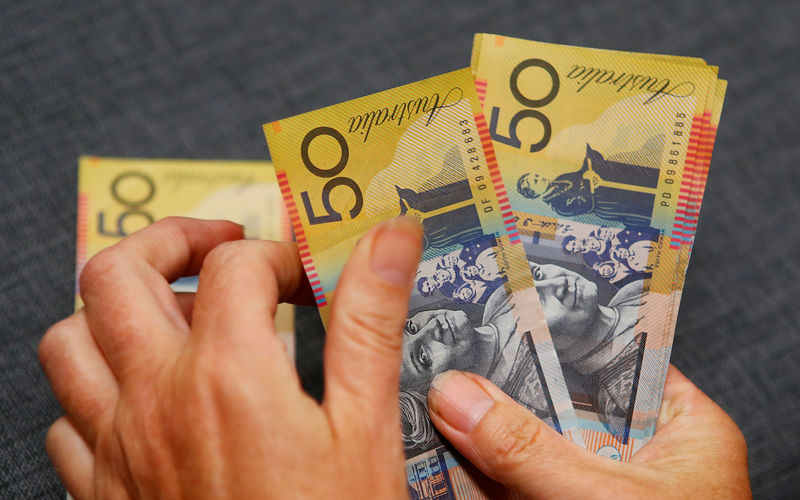US stock futures steady after Wall St soars on dovish Powell; Nvidia earnings due
Investing.com-- Asian currencies and the dollar weakened on Monday as markets awaited clearer guidance on U.S. trade deals amid President Donald Trump’s shifting tariff deadline, while the Australian dollar led losses on expectations of a central bank rate cut.
The US Dollar Index, which measures the greenback against a basket of major currencies, fell 0.2% in Asia hours. Dollar Index Futures were also trading 0.1% lower.
Trump to start sending tariff letters; markets await details
President Trump said late Sunday that the U.S. will begin sending tariff letters to other countries at 12:00 p.m. ET (1600 GMT) on Monday.
He added that countries aligned with the BRICS bloc will face an additional 10% tariff over their allegedly anti-American practices.
Earlier in the weekend, Trump said the U.S. was nearing multiple trade agreements, with the new rates set to take effect on August 1.
In April, Trump introduced a base tariff of 10% on most nations, with extra duties reaching up to 50%. But he said on Friday that the tariff rates could go as high as 70%.
This three-week extension gives other countries more time to reach agreements with the U.S., but the lack of details kept investors nervous.
The South Korean won’s USD/KRW pair rose 0.4% on Monday.
The Thai baht’s USD/THB pair jumped 0.7% while the Malaysian ringgit’s USD/MYR gained 0.5%.
The Chinese yuan’s onshore pair USD/CNY edged up 0.1%, while the offshore USD/CNH pair rose 0.2%.
The Japanese yen’s USD/JPY and the Singapore dollar’s USD/SGD pair ticked 0.1% higher, each.
The Indian rupee’s USD/INR pair also gained 0.1%.
Aussie dollar slips on RBA rate cut expectations
The Australian dollar’s AUD/USD pair fell 0.5% on Monday, set for its third consecutive decline.
Markets are widely anticipating the Reserve Bank of Australia to cut rates by 25 basis points on Tuesday, potentially the central bank’s third rate cut this year.
"Persistent inflation is continuing to ease, while the global growth outlook remains uncertain. This gives the RBA another opportunity to lower rates next week," analysts at ING said in a recent note.
"A more dovish RBA can hinder AUD gains in the crosses, but AUD/USD remains primarily a US and tariffs story," they added.
